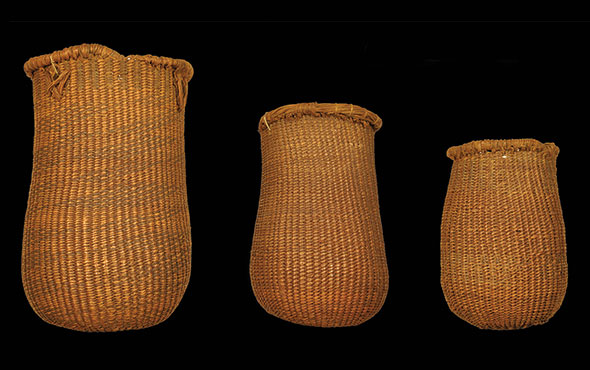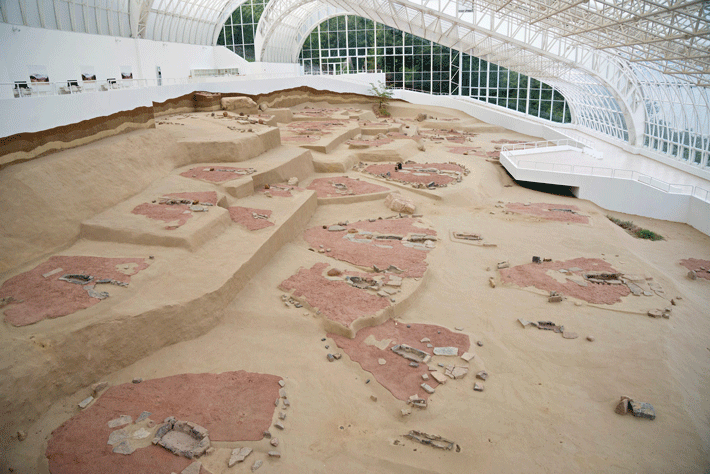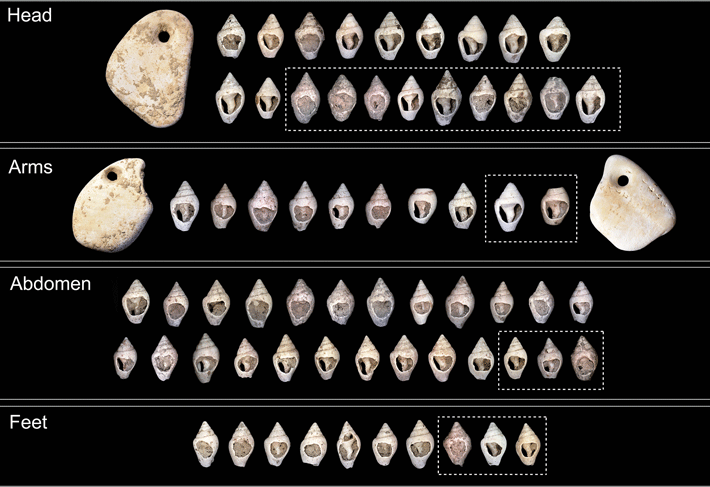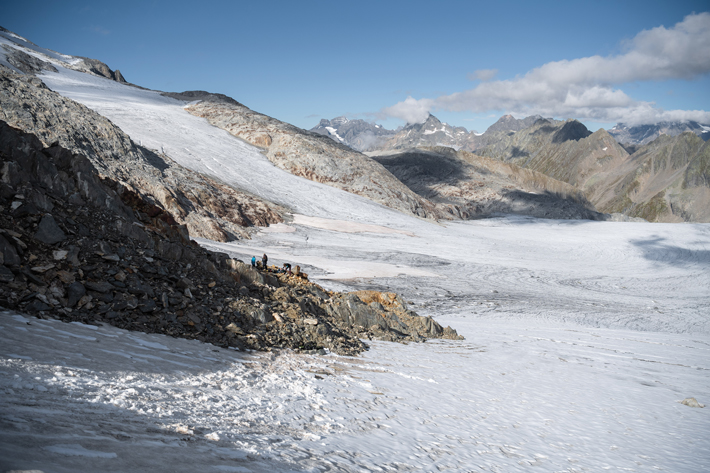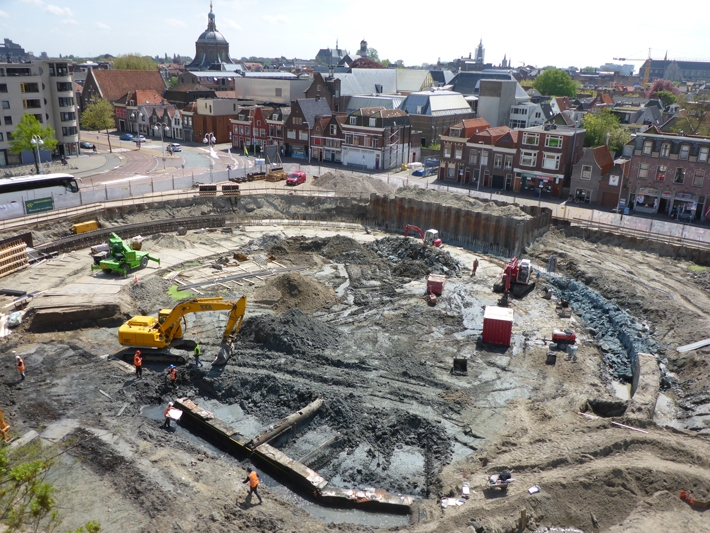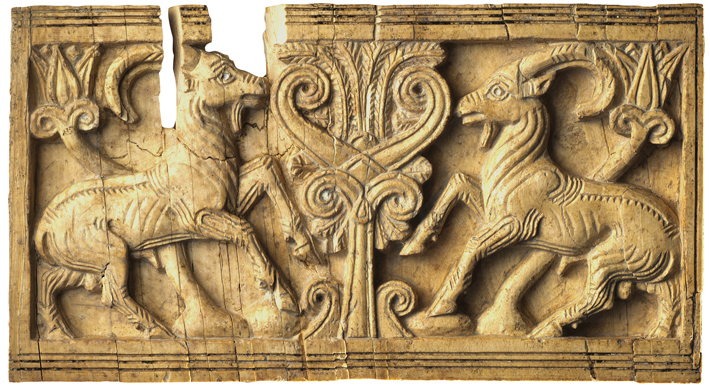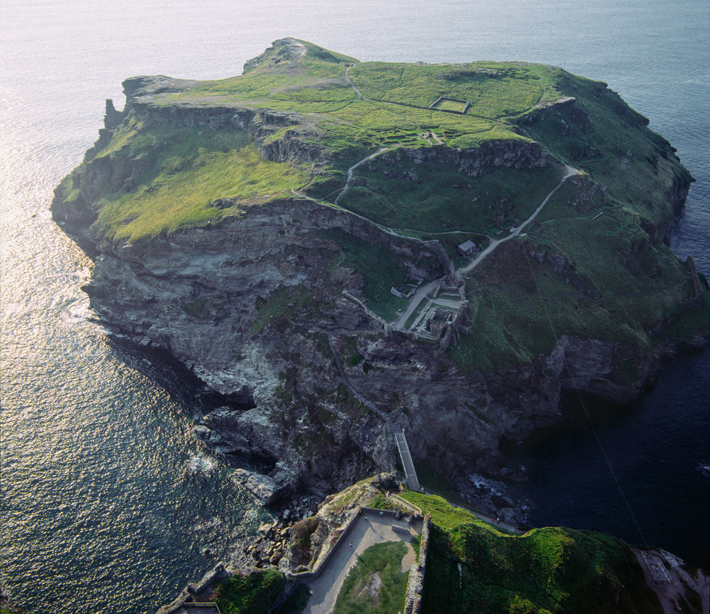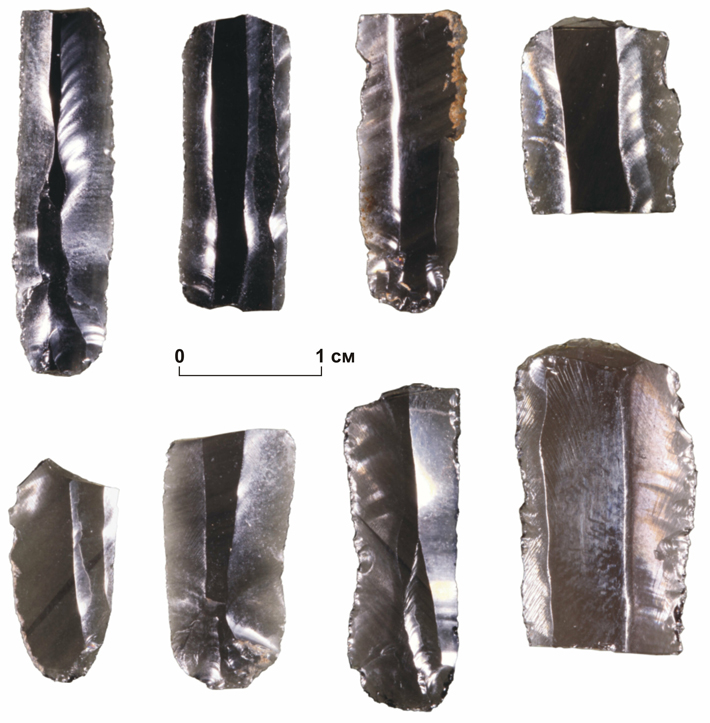
CHUKOTKA, RUSSIA—Haaretz reports that ancient obsidian tools have been found at a Mesolithic site in the Arctic Circle by a team of researchers led by Vladimir Pitulko of the Russian Academy of Sciences. Pitulko said the small settlement on what is now Zhokhov Island was inhabited by 25 to 50 people of the paleo-Arctic Sumnagin cultural complex, who hunted, fished, and lived in reindeer-skin tents. The small number of volcanic glass tools, found among some 19,000 stone tools and other objects made of antler, mammoth ivory, and bone, have been dated to between 8,000 and 9,000 years ago, when sea levels were lower and the island was still connected to mainland Siberia. Chemical analysis of the obsidian indicates it came from the Lake Krasnoye region, more than 1,000 miles away from the site. Pitulko and his colleagues suggest the obsidian could have been carried by traders traveling by dogsled, since traces of wooden sleds, and the remains of dogs who would have weighed around 55 pounds—the size of dog used to pull sleds today because they have sufficient strength but are not so large that they overheat—have also been recovered on the island. To read about another discovery in the far Russian North, go to “Arctic Ice Maiden.”


